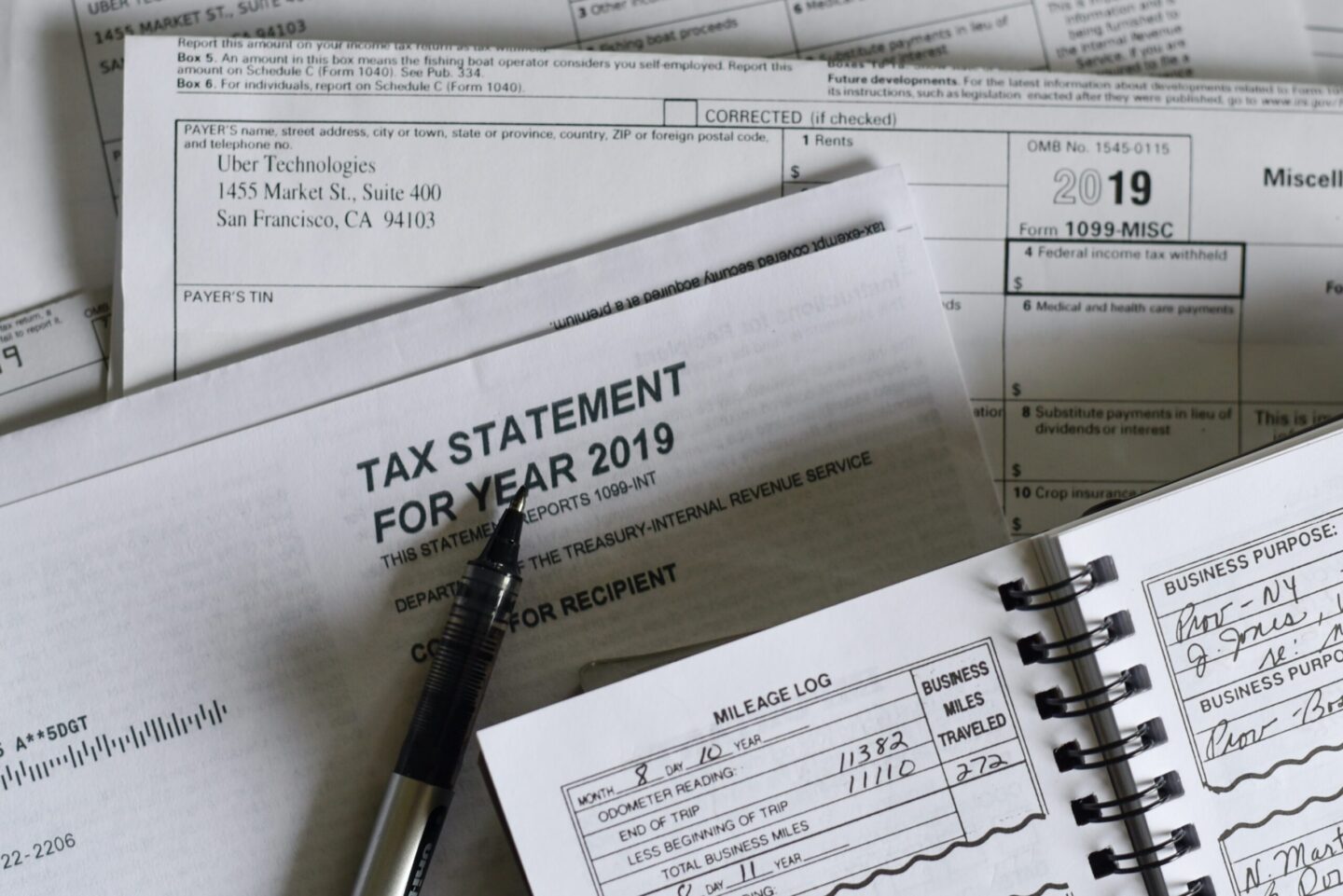

Finance
Note Against Bond Spread (NOB) Definition
Published: January 1, 2024
Learn the definition of Note Against Bond Spread (NOB) in finance and understand its significance in the financial market.
(Many of the links in this article redirect to a specific reviewed product. Your purchase of these products through affiliate links helps to generate commission for LiveWell, at no extra cost. Learn more)
What is a Note Against Bond Spread (NOB) Definition?
Are you familiar with the term Note Against Bond Spread (NOB)? If not, don’t worry – we’re here to help! In this blog post, we’ll explain what NOB is and why it’s important in the world of finance.
Key Takeaways:
- Note Against Bond Spread (NOB) refers to a trading strategy that involves taking a position in a Treasury note and offsetting it with a short position in a Treasury bond.
- The goal of NOB is to try and profit from the difference in yields between the note and the bond.
When it comes to investing, understanding various trading strategies can be crucial to making informed decisions. One such strategy is the Note Against Bond Spread, or NOB for short. NOB involves taking a position in a Treasury note, which is a debt security with a maturity of 1 to 10 years, and offsetting it with a short position in a Treasury bond, which typically has a longer maturity of 10 to 30 years. The aim of this strategy is to profit from the spread, or difference, in yields between the note and the bond.
NOB is often employed by investors who anticipate that the yield curve will flatten or that the spread between short-term and long-term interest rates will decrease. By going long on the note and short on the bond, they can potentially profit from the narrowing spread. This strategy can be particularly effective when interest rates are expected to remain low or decrease, as it allows investors to capture the yield differential.
How Does NOB Work?
Implementing a NOB strategy involves two key steps:
- Long Position in Treasury Note: The investor takes a long position in a Treasury note, which involves buying the note and holding it until maturity or for a predetermined period. The note typically has a lower yield than the bond.
- Short Position in Treasury Bond: The investor simultaneously takes a short position in a Treasury bond by borrowing the bond and selling it in the market. The proceeds from the short sale are used to offset the long position in the note. Since the bond generally has a higher yield than the note, the investor can profit from the spread between the two securities.
It’s important to note that NOB is a nuanced trading strategy that requires careful analysis of market conditions, interest rate expectations, and yield differentials. As with any investment strategy, there are risks involved, and it’s crucial to consult with a financial advisor or conduct thorough research before implementing NOB.
In Summary
Note Against Bond Spread (NOB) is a trading strategy that involves taking a long position in a Treasury note and offsetting it with a short position in a Treasury bond. By capitalizing on the yield differential between the two securities, investors can potentially profit from changes in the yield curve and interest rate spreads.
If you’re considering implementing the NOB strategy, make sure to carefully evaluate the prevailing market conditions and seek professional advice. Like any investment strategy, NOB carries its own risks, so it’s crucial to conduct thorough research and fully understand the potential implications before making any investment decisions.














